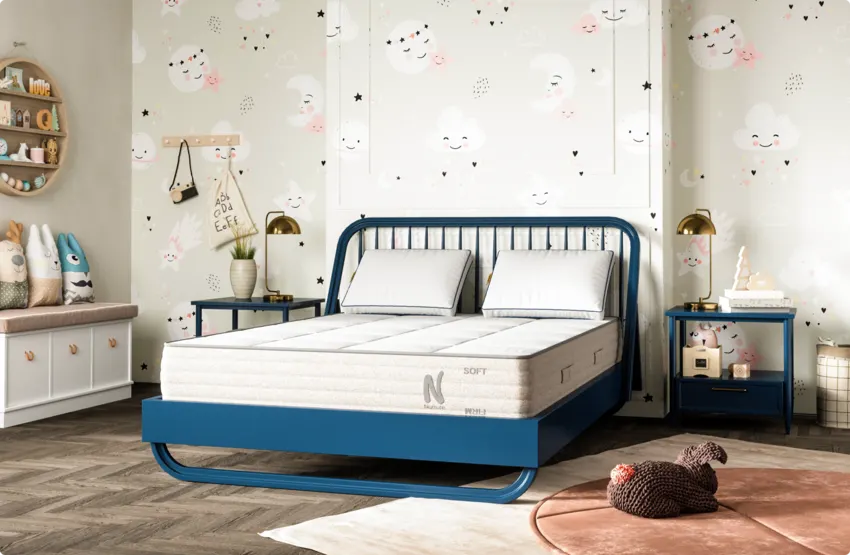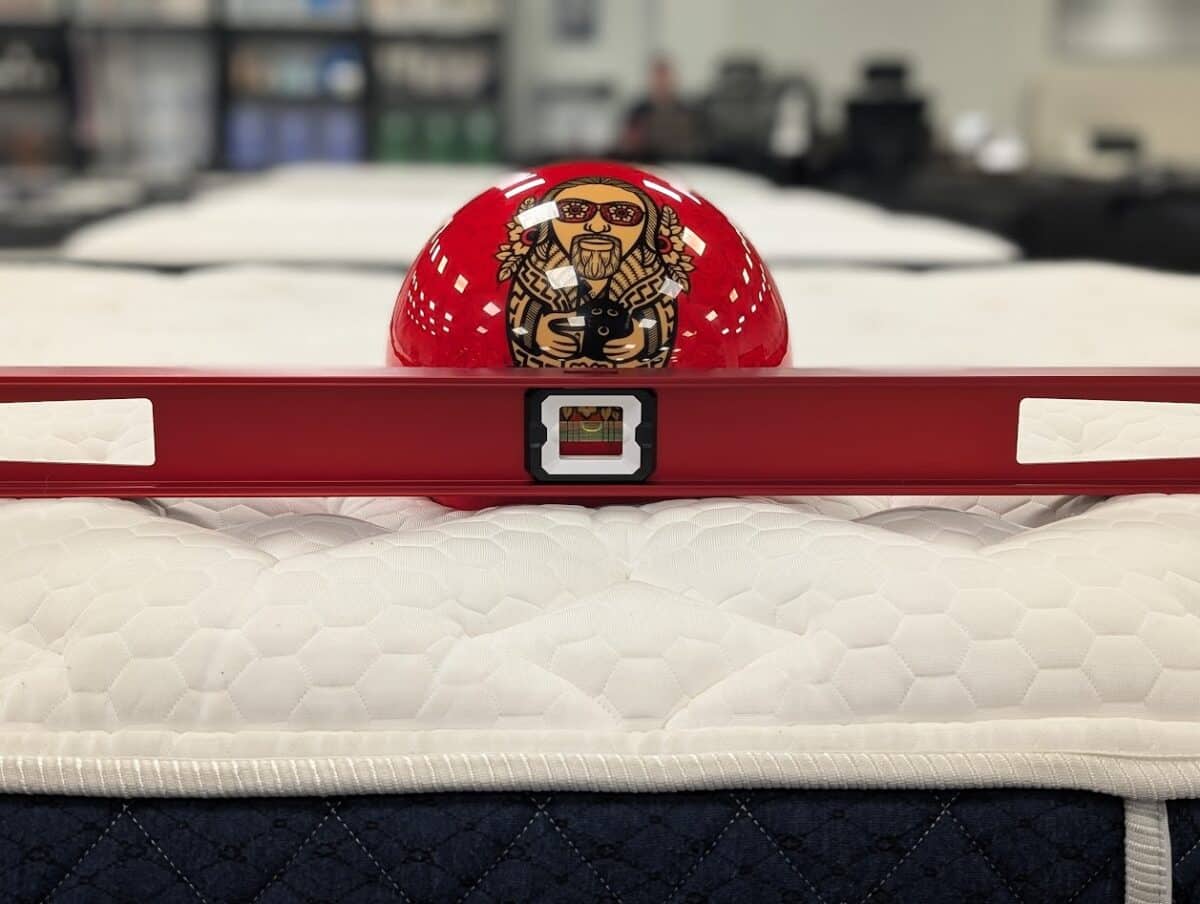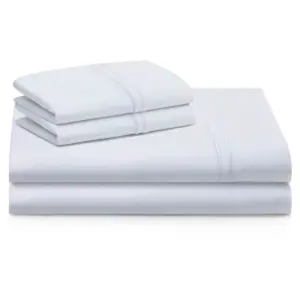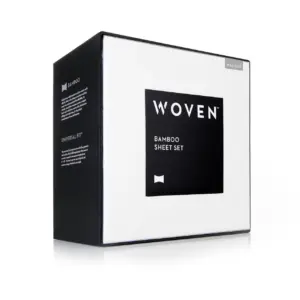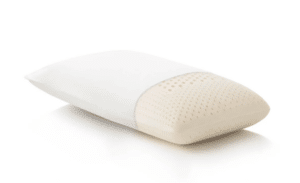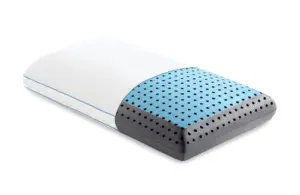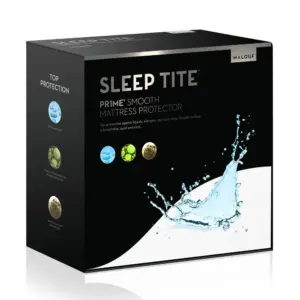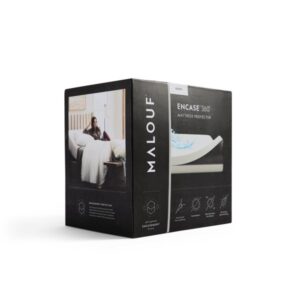Dorm Mattress Thickness Explained: How Deep Are They?
Understanding Dorm Mattress Depth
For students preparing to embark on their college journey, questions about dorm mattress thickness often top the list of practical concerns. Typically, dorm mattresses measure between 6 to 8 inches in depth, a stark contrast to the home mattresses that often range from 10 to 14 inches. This intentional design serves multiple purposes that enhance the living experience in compact dorm spaces while ensuring a budget-friendly solution for colleges.
Typical Thickness of Dorm Mattresses
Dorm mattresses are not just thinner by accident; their depths serve specific functions that align with college life. Here’s an overview:
– Space-Efficient Design: Dorm rooms are notoriously tight, making efficient use of space essential. A thinner mattress allows for the incorporation of other necessary furniture—like desks and storage units—without making the room feel overcrowded.
– Cost-Effective Solutions: Colleges often need to furnish numerous dorm rooms simultaneously. Thinner mattresses are typically cheaper to produce and purchase, making it a budget-friendly alternative for institutions. This cost-saving strategy ultimately benefits both the colleges and the students they serve.
– Enhanced Durability: Designed to withstand the wear and tear of different students using them year after year, these mattresses often feature denser, more robust materials that enhance their longevity. This durability reduces the frequency of replacements, which is vital for institutions managing student housing.
Enhancing Comfort on Dorm Mattresses
While dorm mattresses are undeniably practical, they can fall short in terms of comfort. Fortunately, numerous strategies can significantly improve your sleep experience:
1. Invest in Mattress Toppers
Adding a mattress topper can transform a basic dorm mattress into a more comfortable sleeping surface. Here are a few popular options:
– Memory Foam Toppers: These conform to the body’s contours, providing exceptional support. Opting for a 3-inch topper can yield noticeable comfort improvements.
– Feather Toppers: Ideal for those seeking a plush feel, feather toppers are budget-friendly and add a layer of softness.
– Gel-Infused Memory Foam: Perfect for warmer climates, these toppers help regulate temperature, ensuring a cooler night’s sleep.
2. Choose Quality Bedding
The right bedding can vastly improve your comfort level:
– Sheets: Cotton and microfiber sheets are both cozy and easy to care for. Consider the different textures available, like percale versus sateen, depending on your preference.
– Comforters and Quilts: Adding warmth and style, these can be coordinated with your roommate or chosen in neutral tones to match any decor.
– Mattress Protectors: Investing in a waterproof, hypoallergenic mattress protector can keep your mattress clean and extend its lifespan.
3. Select the Right Pillows
Pillows can make or break your sleep experience:
– Memory Foam Pillows: These provide excellent neck support, often favored by students.
– Hypoallergenic Pillows: Great for allergy sufferers, these options can significantly reduce allergen exposure.
Understanding Dorm Mattress Sizes
Most dorm mattresses are Twin XL, which is slightly different from standard twin mattresses. Here’s what to know about the dimensions:
– Dimensions: A Twin XL mattress measures approximately 39 inches wide and 80 inches long, making it 5 inches longer than the standard twin size. This added length accommodates taller students, ensuring no one’s feet hang off the edge.
– Bedding Size Matters: Using the proper bedding for your mattress is crucial. Twin XL sheets are specifically designed for this size and offer a snug fit. Many retailers label bedding as “dorm bedding,” which usually means it’s Twin XL.
Quick Tips for Bedding Maintenance
– Measure Your Bed: Always double-check the measurements of your dorm bed before purchasing bedding to ensure it fits perfectly.
– Buy Extra Sets: Having at least two sets of sheets means you’ll always have a clean set ready, which is a lifesaver during those busy weeks.
Frequently Asked Questions about Dorm Mattress Thickness
– How thick are mattresses in college dorms usually?
Dorm mattresses typically range from 6 to 8 inches thick. This thinner profile allows for better utilization of space in compact dorm rooms.
– Can I use regular twin-size sheets for my dorm mattress?
No, regular twin sheets won’t fit dorm mattresses properly. Stick with Twin XL sheets specifically designed for these longer mattresses.
– Why are dorm mattresses so thin?
The thinner design is primarily to maximize space, reduce costs for colleges, and ensure durability for heavy student use.
Conclusion
Understanding the specifics of dorm mattress thickness can help students prepare for a comfortable transition into college life. While dorm mattresses generally measure between 6 to 8 inches, which may not provide the comfort of a thicker home mattress, there are numerous ways to enhance your sleeping experience. From plush mattress toppers to quality bedding and pillows, you can create a personalized sleep sanctuary even within the constraints of a college dorm.
At Yawnder, we recognize the significance of restful sleep, especially for busy students. Our expert evaluations can help you find the perfect mattress and bedding that meets your needs. Let us guide you in transforming your dorm mattress into a cozy sleeping haven that supports your academic success. Discover our extensive range of mattress reviews and start your journey to a better night’s sleep today!



